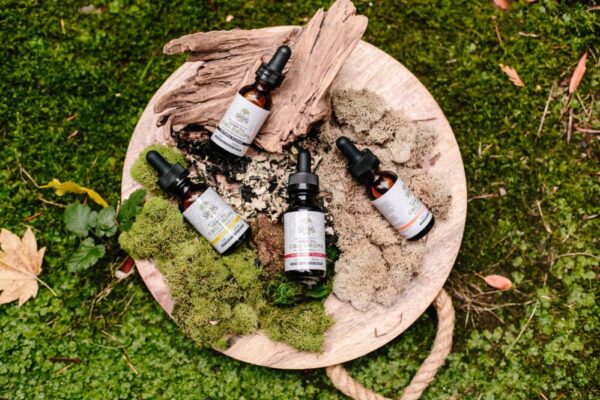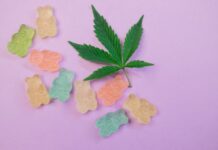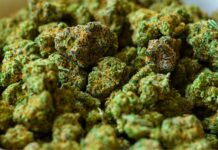Ever since the 2018 Farm Bill legalized hemp and hemp-based products, the popularity of cannabidiol (CBD) has increased dramatically. As of a June 2023 report, the global market for all CBD products had already been estimated to reach $2.74 billion. It was forecasted to grow at a compound annual growth rate (CAGR) of 51% annually from 2023 to 2030.
The increased legalization of CBD (and cannabis in general) in North America and Europe has been a driving force for this growth. The other major reason has been the increased awareness of new research that has shown evidence of the many health benefits that it has to offer. It can reduce pain and inflammation, improve your mental health, help people sleep, and potentially treat a variety of more serious health conditions.
The main driver for growth also lies in the supplement market. Since supplements face fewer regulations, there are many new companies — both manufacturers and retailers — that are being made to sell CBD products as natural health supplements. At the same time, the market is also seeing the growth of major brands and companies that are gaining widespread recognition.
You can further dissect the growth of the overall market for CBD by looking at specific types of products. Each segment also reveals the evolution of CBD as a general type of product, and where the biggest opportunities lie.
CBD Oil
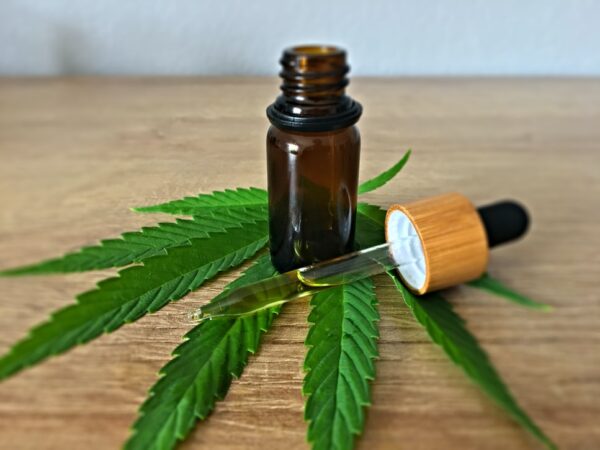
Currently, the most common type of CBD product you can purchase is basic CBD oil drops. They come in a dropper bottle, which helps you accurately measure the dose you want to take. It is also the more natural form that CBD takes after it has been extracted from the cannabis plant.
It is also a very versatile product. It can be taken orally, added to food or drink, applied to your skin, and more. It can be used both directly or indirectly, depending on the ultimate purpose or benefit that a person wants to achieve with it.
That trend is set to largely continue, with some forecasts estimating the CBD oil market to increase by a CAGR of 38% by 2027. This growth rate shows that while CBD oil has less room to grow compared to other types of products that are only starting to be made now, its versatility is why it is expected to make up so much of the industry’s growth.
CBD Edibles
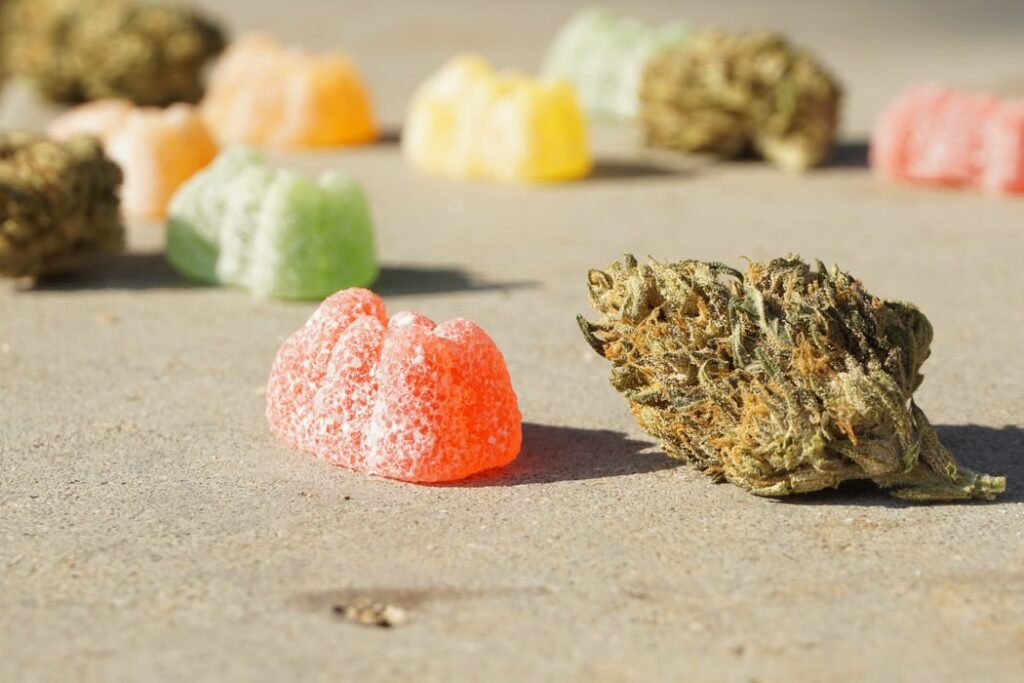
CBD edibles from sites like pharmacbd.com are most commonly found in the form of candy, like chocolate and d8 gummies, but CBD is versatile enough to be infused into virtually any kind of food, giving edibles a much broader appeal. The forecasts for the CBD edible market are not as aggressive as it is for CBD oil. It will grow by an estimated CAGR of 24% by 2027.
That is a sign that edibles, while very popular in the current market, are not expected to grow as much as CBD oil. This may be because CBD oil is still a more versatile kind of product, and because if people want to make their own edibles they will be buying CBD oil rather than edibles. Meanwhile, it is not as easy for consumers to grow their own hemp and make their own CBD oil.
CBD Drinkables
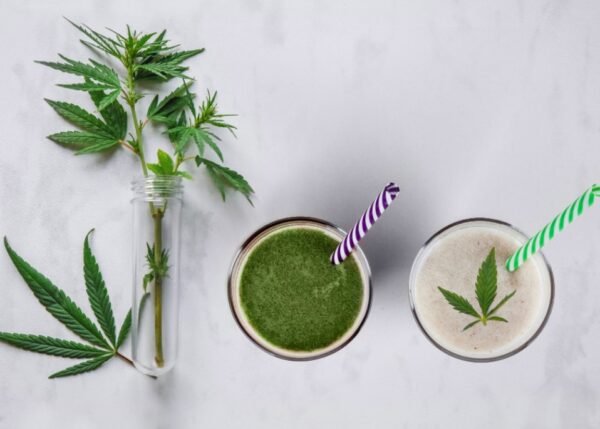
While drinkables are not currently as popular as edibles, that is mostly due to the long-time problem figuring out how to infuse a naturally oily substance into liquid drinks without it separating. However, the growth of water soluble CBD powder, and a better understanding of how to steep hemp flowers in liquids like tea has helped manufacturers refine their processes in making all kinds of different drinks.
That’s why the CBD drinkables market is expected to grow with an estimated CAGR of 27.5% by 2026, an even more aggressive growth rate than edibles. Now you can already find pre-mixed drinks from tea and coffee, to seltzer, soda, alcohol, juice, vitamin water, and more.
The added benefit of drinkables is that they can be less conspicuous than using CBD oil drops or taking out a special container of gummies. The natural therapeutic and calming effect of CBD also helps the appeal of people wanting to relax with their favourite drink at any season.
CBD Topicals
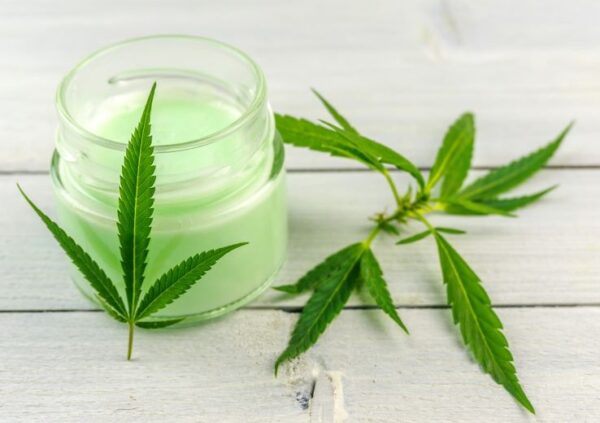
The skin product market is always in demand for new trends using natural, safe, and beneficial ingredients. Antioxidants and omega fatty acids are crucial ingredients for products designed to treat skin conditions like acne and eczema, but also for anti-aging and general skin health products.
Since CBD is a strong source of both of those, it is natural that it is already leading to a surging trend in topical products (lotions, balms, creams, etc) in the skincare industry. By 2026, it is estimated to grow by an estimated CAGR of 25%.
CBD Vapes
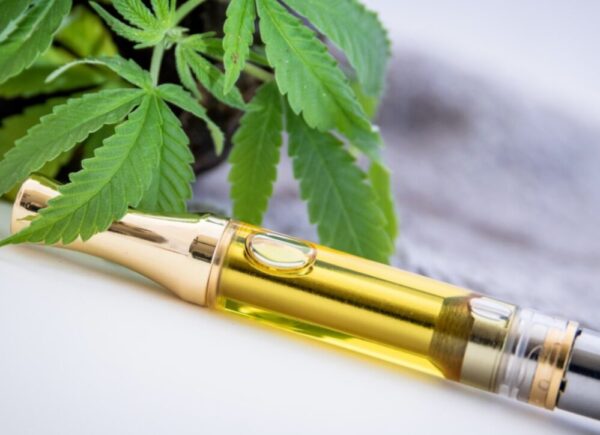
In the past, vaping was mostly used for consuming marijuana or nicotine instead of smoking it. However, with nicotine having long term health risks and marijuana still facing some legal issues in parts of the world, people are turning to consuming CBD with their vapes instead.
In fact, the market for CBD vape oil market is set to increase by an estimated CAGR of 22% by 2027. The fact that vaping CBD oil actually offers some health benefits to those who enjoy the activity of vaping is undoubtedly helping the recreational market for CBD grow. Teenagers and young adults who want to quit vaping nicotine often transition to CBD, as CBD actually helps with addiction withdrawal.
While these five types of CBD product make up the largest segments of the market, that will not necessarily always be the case. There is always the chance that a new kind of product is discovered, or a new application of CBD that takes over while others wane in popularity.
For example, as more research uncovers new benefits of CBD, or new knowledge for exactly how it works, you can expect the pharmaceutical industry to find new prescription-level medication that uses CBD. For now, the only FDA approved CBD medication for use in medical treatment is EPIDIOLEX®. It is used for treating rare seizure disorders. Any new medications using CBD that are developed will likely lead to an even greater growth in the overall market.

